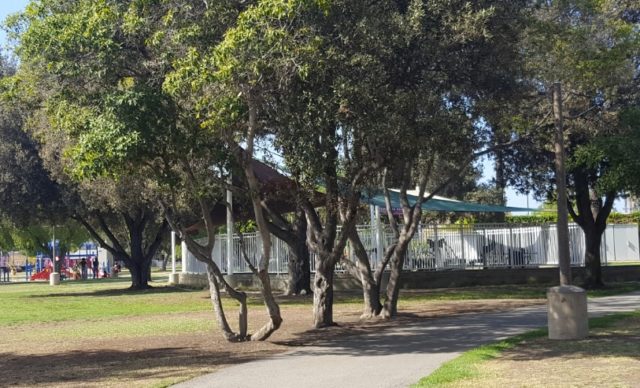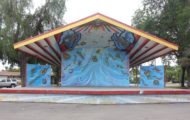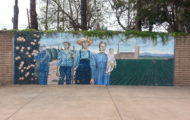
Memorial Park
2102 S. Flower St
Two miles south of downtown Santa Ana, the 17-acre Memorial Park serves as a social center for the neighboring community. It was established in 1947 as a memorial to Santa Ana residents who were lost in World War II. The park hosts after school programming, little league baseball games, and swimming lessons, and also contains basketball courts, a playground, an exercise area, and a band shelter. The park today is frequently inhabited by sports teams, family gatherings, and day laborers on lunch breaks. Memorial Park is the only park within the Bristol Manor/Bristol Warner neighborhoods.
Crime has been low in the area in recent years, but over its 70 year history, Memorial Park has seen some activity from the local Highland and Delhi gangs, has had its share of graffiti and tagging, and has been the sight of several shootings.




